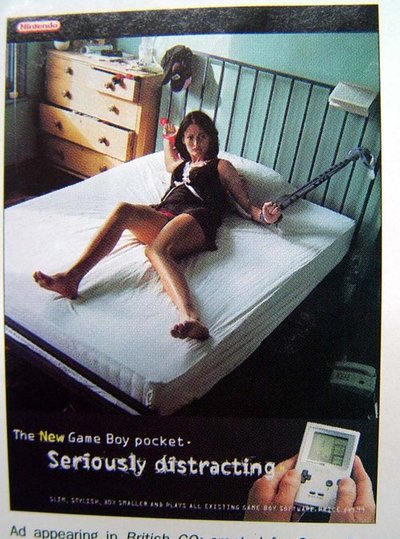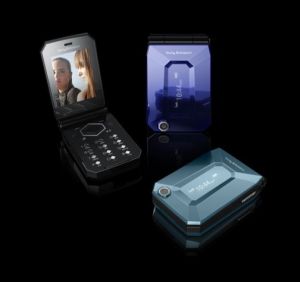…there’s Kleenex for men:
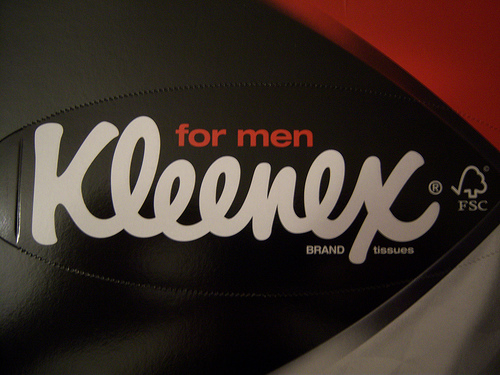
In case you don’t know that brown, black, and gray = men, it says so right on the box!

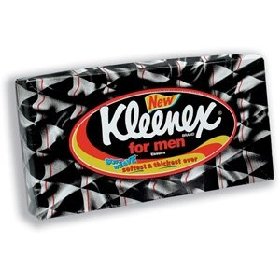
Apparently these are on sale in the U.K. I haven’t seen them in the U.S.
In looking this up, I discovered that gendered Kleenex marketing is nothing new. This ad, from Life magazine, is from December 1964:
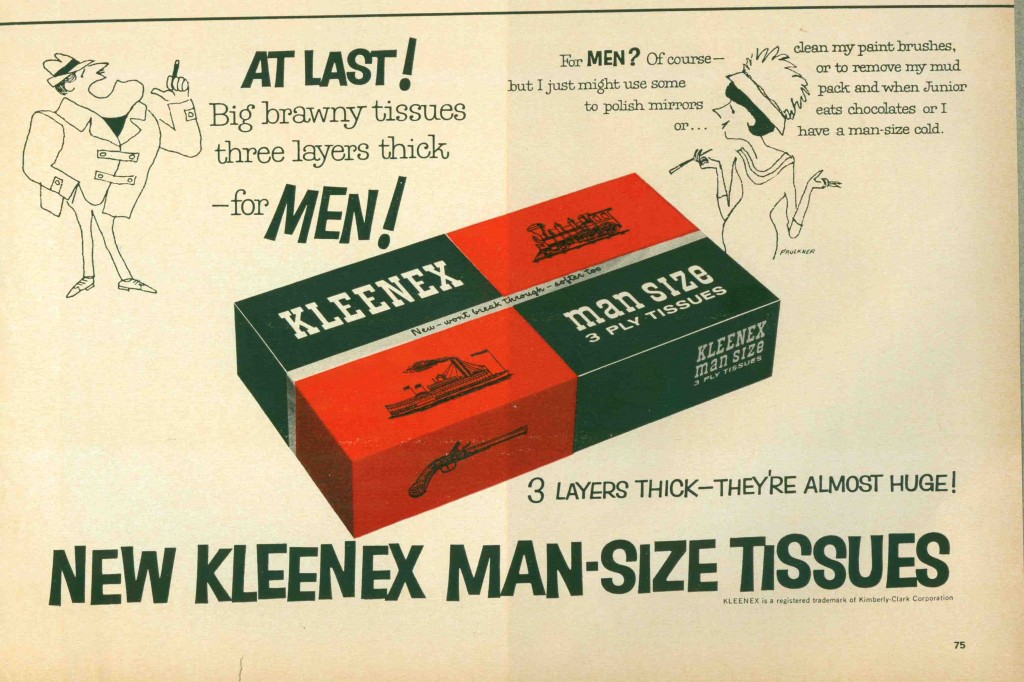
Images found here, here, here, and here.
Also in gendered products: tv dinners, uniforms, candy bars, ear plugs ‘n stuff, deodorant, Pepsi, and mosquito repellent.
—————————
Lisa Wade is a professor of sociology at Occidental College. You can follow her on Twitter and Facebook.

